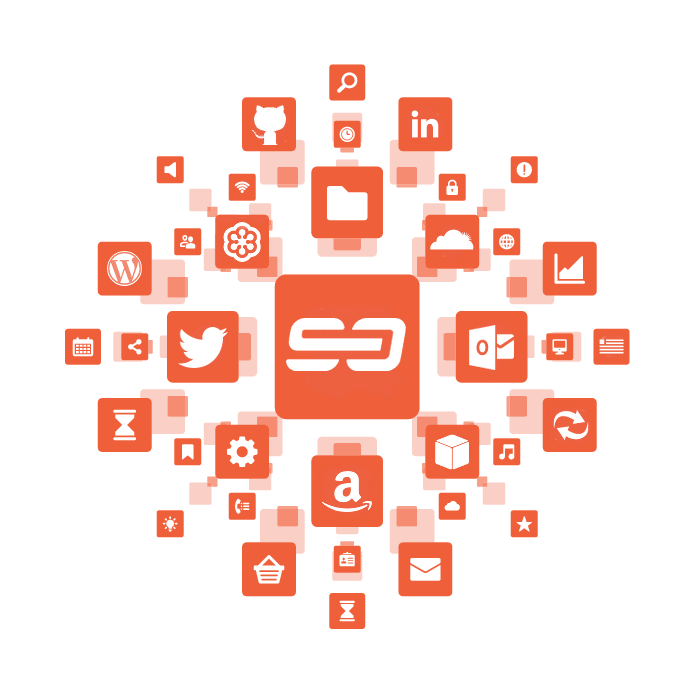Effective Single Sign-On (SSO) solutions are in many ways similar to baking a cake. You need several key ingredients mixed together in a certain way and heated in just the right manner in order to get a refined and tasty final product. The Security Assertion Markup Language (SAML) is one of those key ingredients for password management, and arguably one of the most important ones.
SAML Authentication provides a standard for transmitting authentication information between organizations. Specifically, SAML provides the capability for users to access resources from entirely separate domains using their own credentials. It’s the glue or the binding that allows effective password managers provide one point of access to an end-user who wishes to navigate through several different back-end networks.
SAML authentication is often used to help a service provider’s clients access hosted applications, like your Yahoo email or retail virtual environment. Assuming that within this retail virtual environment your provider has a virtual shopping cart in a domain separate from the inventory network, SAML can help provide the end-user with access to both capabilities without needing to authenticate two times.
In Human Resources, SAML can provide a fast way to onboard new employees after an acquisition by providing access to both company networks via a single authentication point. Last but not least, in Healthcare, SAML can help unite external healthcare providers to deliver critical applications to patients through a single source of authentication.
Ultimately, SAML adds another layer of flexibility to address the ever-changing environment of modern business.
SAML and LogonBox
Technically, Google Developers defines SAML as an XML-based, open-standard data format for exchanging authentication and authorization data between parties, in particular, between an identity provider and a service provider.
At LogonBox, we are using SAML to provide to IT security within templates and applications. According to TechTarget, SAML’s security benefits stems from three assertions, or characteristics that make up this open-standard data format: authentication, attribution and authorization.
“Authentication assertion validates the user’s identity. Attribute assertion contains specific information about the user. And authorization assertion identifies what the user is authorized to do.”- TechTarget.com
Effective Single Sign-On (SSO) solutions are often a litany of carefully added ingredients. The Security Assertion Markup Language (SAML) is one of those key ingredients, and crucial in providing the robust security features associated with password managers.
More than just a standard for transmitting authentication information between organizations, SAML Authentication provides the capability and flexibility users need to access resources from separate domains without the hassles of constant authentication. At LogonBox, we are using SAML to provide top-notch security and one point of access to an end-user who wishes to navigate through several different back-end networks.


